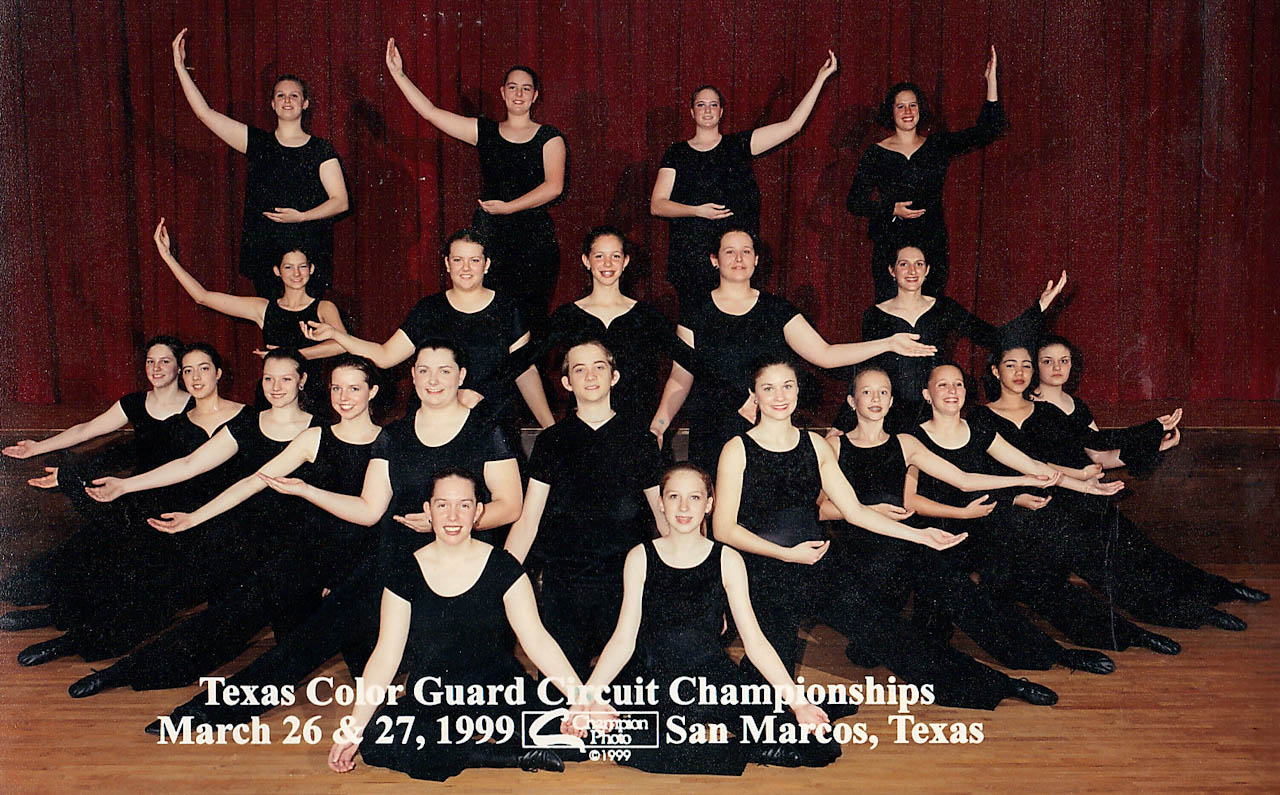
When someone gets an idea, what determines whether that idea gets put into practice or not? There are a lot of factors, but one of the largest is whether or not he believes that the idea can actually be executed. The problem is that while our mental models for things we have experience with can be quite good, our mental models for the unknown are often poor.
A big part of the problem is that we give a lot of weight to the “other people factor”. If someone else has done it, then obviously it’s possible to do. The converse is not true, though– just because no one has done it doesn’t mean that it’s impossible or even difficult. It just means that no one else has ever done it. We can know that logically, but our brains don’t subconsciously think that way.
I fell into this trap recently. I’ve always wanted to be able to plug a microphone into my camera, but it doesn’t have a microphone port. I did a few searches, but no one had figured out how to get a microphone jack on the Sony NEX. For about a year I did nothing, until one night as I was falling asleep, it occurred to me that it might not be that hard, and that the only reason I thought it was impossible was because no one else had done it. The next morning I figured it out.
When designing SETT, I really wanted it to be possible to log in without the page refreshing. To the best of my knowledge, no content-heavy sites have ever done anything like that. I almost gave up on the idea before even trying it, just because no one else had done it before. But then I realized that for SETT to be successful, I would have to do a LOT of things that no one else had done before. I took a crack at it, and again it turns out that it wasn’t all that tough.
I could give you many more examples, but the pattern is so obvious and basic that there’s really no point. I assume something is impossible because no one has done it before, try it anyway, and it’s relatively easy. Once in a while it turns out something actually is impossible (at least for me), but it happens far less frequently than you’d expect.
If you can get over this subconscious “other people factor” sabotage, some really interesting things happen. First, you can actually create new things and be the one who proves that something CAN be done. That’s a pretty cool gift to people who are stuck in the must-be-impossible mindset. By creating new things, you get to build the skill of creativity. That, of course, is where the word comes from. You also get to mold the world to fit your ideals. Want something that doesn’t exist? Great… make it yourself. Again, it won’t always work, but often times it will.
The phrase “something that no one has ever done before” has a connotation of grandeur, but the new things you do and create don’t have to be grand at all to have a big impact on you and others. There’s not much grand about living in a tiny RV, but doing so without a template to follow has given me and a bunch of other people a bit of freedom they may not have had otherwise. Even a tiny feature like logging in without refreshing the page will have a tiny impact on (hopefully) millions of people.
That’s not to say that doing new things is the only way to contribute or to create. You can produce a lot of value just by copying other people or by refining other people’s creations. But even still, maybe it’s worth exploring that untapped avenue of doing things no one else has done. I tend to think that it’s the best way to maximize your individuality for the benefit of others.
###
Photo is me and my color guard team from high school. I was the first guy to ever do Winter Guard at my school, but for a while at least, there was at least one guy in the group every year after I left.

Leave a Reply